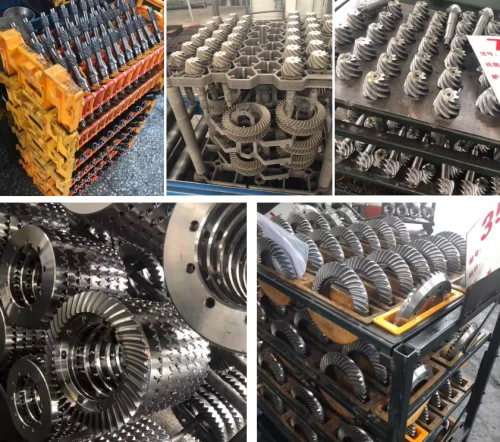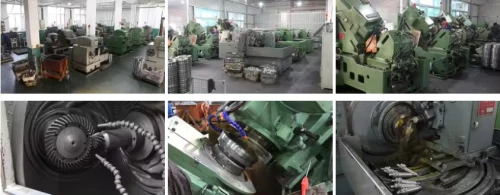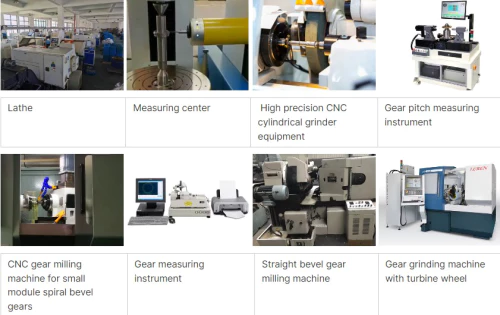Forging Bevel Gear Material Property Testing
Introduction
Forging bevel gears are a type of bevel gears that are manufactured through the forging process. Forging involves shaping metal through the application of localized compressive forces, typically using a die or hammer. In the case of bevel gears, the forging process is used to form the gear teeth and create the desired gear geometry.
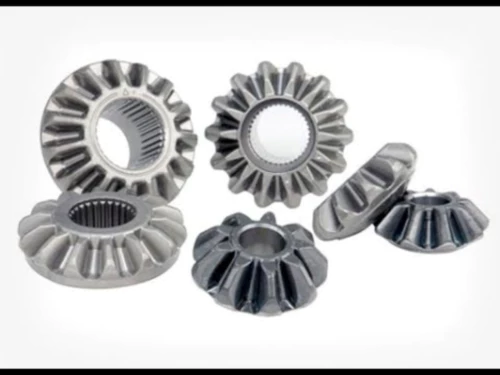
Advantages of Forging Bevel Gears
- High Strength: Forging bevel gears exhibit high strength due to the grain structure refinement and elimination of internal defects during the forging process.
- Improved Fatigue Resistance: The forging process enhances the fatigue resistance of bevel gears, making them suitable for high-load applications and prolonged usage.
- Precise Gear Tooth Geometry: The forging process ensures precise gear tooth geometry, resulting in smooth and efficient operation.
- Cost-Effectiveness: Forging bevel gears offer a cost-effective solution for high-performance applications due to their durability and longevity.
- Versatility in Material Selection: The forging process allows for the use of various materials, enabling designers to select the most suitable material for specific applications.
- Enhanced Structural Integrity: Forging improves the structural integrity of bevel gears, reducing the risk of failure and increasing overall reliability.
- Tailored Mechanical Properties: The forging process allows for the customization of mechanical properties, such as hardness and toughness, to meet specific requirements.
- Reduced Lead Time: The efficient production process of forging bevel gears results in reduced lead time compared to alternative manufacturing methods.
- Environmental Sustainability: The forging process is a sustainable manufacturing method that minimizes waste and energy consumption.
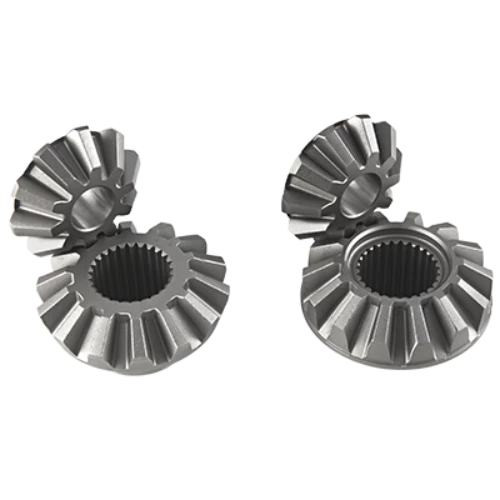
Working Principle
Forging bevel gears operate based on the fundamental principles of gear mechanisms. They consist of two intersecting shafts, each with a conically shaped gear (bevel gear) mounted on it. The teeth of the bevel gears are designed to have a specific tooth profile, such as straight, spiral, or hypoid, depending on the application requirements.
When the input shaft rotates, the engagement of the teeth of the bevel gears causes a transfer of rotational motion and torque to the output shaft. The contact between the mating teeth ensures power transmission while maintaining proper alignment and smooth operation.
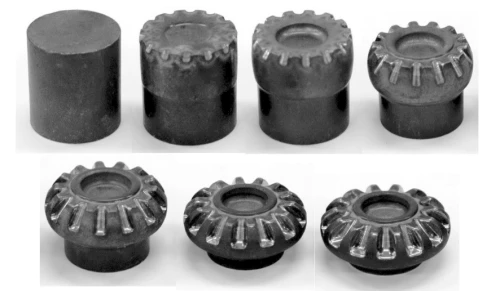
Applications
- Automotive Industry: Forging bevel gears are used in automotive transmissions, differential systems, and steering mechanisms.
- Industrial Machinery: They find applications in various industrial machinery, including machine tools, conveyors, and packaging equipment.
- Aerospace and Defense: Forging bevel gears are utilized in aircraft engines, rotorcraft, and defense equipment.
- Renewable Energy: They are used in wind turbine gearboxes, solar tracking systems, and hydroelectric turbines.
- Marine and Shipbuilding: Forging bevel gears find applications in marine propulsion systems, ship steering, and offshore drilling equipment.
- Agricultural Machinery: They are used in agricultural machinery, such as tractors, harvesters, and irrigation systems.
- Power Generation: Forging bevel gears play a crucial role in power generation equipment, including turbines and generators.
- Robotics and Automation: They are utilized in robotic systems and automated machinery for precise motion control.
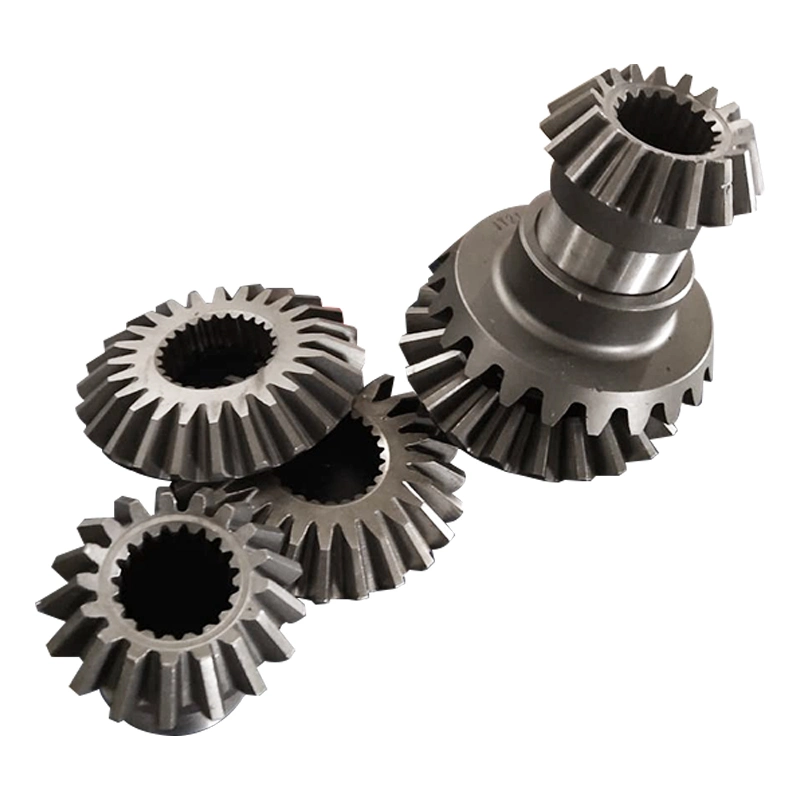
Installation and Maintenance
Installation:
- Proper Alignment: Ensuring accurate alignment of bevel gears during installation is crucial for optimal performance and longevity.
- Lubrication: Applying appropriate lubricants to the gear teeth and bearings helps reduce friction and wear.
- Mounting Bolts: Using recommended mounting bolts and torque specifications ensures secure attachment of bevel gears.
- Inspection: Thoroughly inspecting the gears and components before installation helps identify any defects or damage.
Maintenance:
- Lubrication: Regularly lubricating bevel gears helps maintain smooth operation and minimizes wear.
- Cleaning: Keeping the gears clean from debris and contaminants helps prevent damage and maintain optimal performance.
- Inspection: Periodic inspection of gears ensures early detection of any wear, damage, or misalignment.
- Replacements: Timely replacement of worn-out or damaged gears is crucial to prevent failures and maintain system reliability.
- Gearbox Maintenance: Proper maintenance of the gearbox housing and components is essential for overall gear system performance.
- Load Monitoring: Monitoring the load on the gears helps prevent overload situations that can lead to premature failure.
- Training and Expertise: Providing proper training to maintenance personnel and seeking expert advice when needed ensures effective maintenance practices.
- Record-Keeping: Maintaining comprehensive records of maintenance activities helps track gear performance and plan future maintenance.
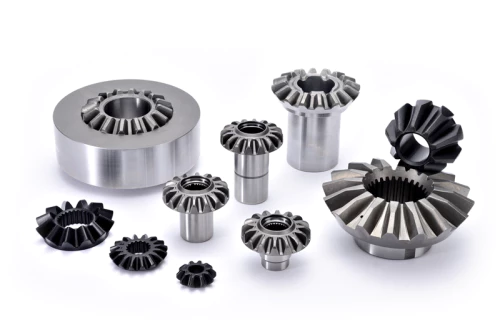
How to Select the Right Forging Bevel Gear
- Application Requirements: Carefully consider the specific requirements of the application, such as torque, speed, and operating conditions.
- Design and Specifications: Work closely with designers and engineers to determine the required gear design and specifications.
- Material Selection: Select the appropriate material based on factors like strength, durability, and compatibility with the application environment.
- Quality and Reliability: Choose a reputable manufacturer that ensures high-quality and reliable gear products.
- Load-Carrying Capacity: Assess the load-carrying capacity of the gear to ensure it can handle the expected loads without failure.
- Efficiency and Performance: Evaluate the gear's efficiency and performance characteristics, such as backlash and noise levels.
- Customization and Adaptability: Consider the manufacturer's ability to customize gears to meet specific design requirements and adapt to future changes.
- Cost Considerations: Balance the desired gear performance with cost considerations to achieve the most cost-effective solution.
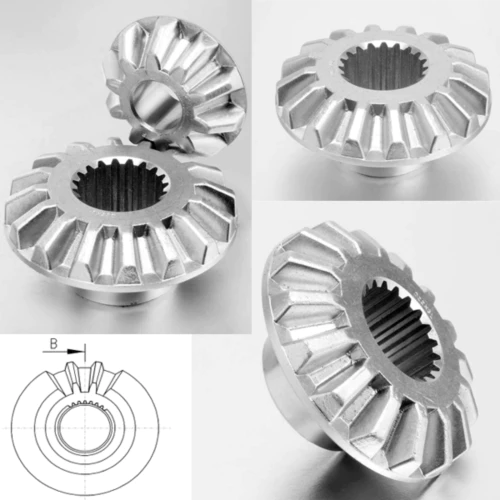
Shaoxing Chaoli – A Leading Manufacturer of Forging Bevel Gears
Shaoxing Chaoli is a professional manufacturer of gears in China. Our products are exported to different countries such as Spain, the Netherlands, the United States, South Korea, Turkey, and Russia. We aim to help customers develop new products and solve technical and quality problems. We prioritize high-quality products, fair prices, and perfect services for our customers.
At Shaoxing Chaoli, we adhere to the principles of quality first, timely delivery, and credit first. We sincerely treat every business partner and wholeheartedly welcome friends from the business community to cooperate with us and create brilliance together.
Shaoxing Chaoli offers a wide range of gear products, including Worm Gear, spiral bevel gear, Helical Gear, Spur Gear, plastic gear, metric gear rack, and more. Customers are welcome to inquire about customized products.
Shaoxing Chaoli has hundreds of employees, including many engineers, and possesses a complete set of strict quality management systems. We are equipped with precision measuring instruments such as optical projectors and production monitoring systems. With considerable competitiveness in the industry, we strive to provide high-quality gear products to our customers.
